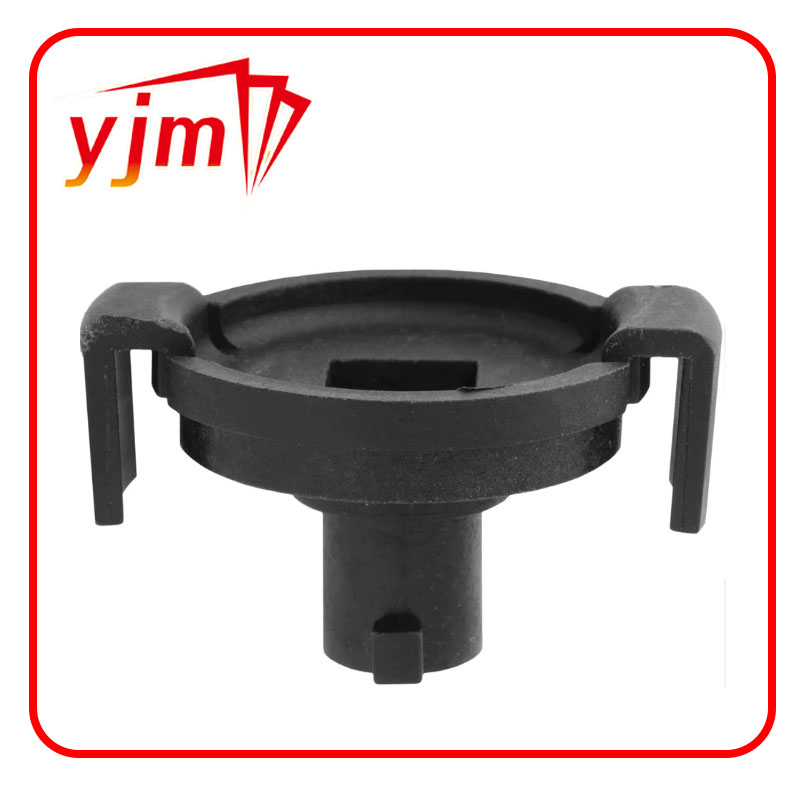engine front seal
Understanding the Engine Front Seal Importance and Maintenance
The engine front seal is a crucial component of an internal combustion engine, playing a significant role in the overall functionality and longevity of the engine. This small yet vital seal is designed to prevent oil leaks from the engine, particularly at the junction between the engine block and the crankshaft. Given its importance, understanding the function, signs of failure, and maintenance of the engine front seal can help vehicle owners ensure the longevity of their engines and avoid costly repairs.
Function of the Engine Front Seal
The engine front seal, often referred to as the crankshaft seal or front crankshaft oil seal, is strategically located at the front of the engine. Its primary function is to contain the engine oil within the crankcase while allowing the crankshaft to rotate freely. The seal is essential for maintaining the correct oil pressure, which is crucial for lubricating the internal components of the engine. Without a properly functioning front seal, oil can leak out, leading to decreased oil levels and potential engine damage from insufficient lubrication.
Signs of a Failing Engine Front Seal
Recognizing the signs of a failing engine front seal is vital for timely maintenance. One of the most common indicators is the presence of oil leaks, particularly noticeable in the front area of the engine. This leak can create puddles of oil under the vehicle or an oil mist on the engine itself. Additionally, low oil levels can lead to more severe issues, such as engine overheating or increased friction between moving parts. Other symptoms may include unusual noises coming from the engine compartment, such as grinding or whirring sounds, indicating that the oil is not adequately lubricating the engine components.
Causes of Front Seal Failure
engine front seal

Several factors can contribute to the deterioration of the engine front seal. Over time, exposure to high temperatures and pressure can wear down the seal material, causing cracks or brittleness. Additionally, the age of the vehicle plays a vital role, as older vehicles are more prone to seal degradation. Another contributing factor is improper installation during previous repairs or maintenance, which can lead to misalignment and premature seal failure.
Importance of Regular Maintenance
To avoid issues related to the front engine seal, regular maintenance is essential. This includes periodic oil changes, where the engine oil is replaced, and the oil filter is changed. Regular inspections can also detect signs of wear on the seal before they result in larger problems. If the engine front seal shows signs of leaking or damage, it should be replaced as soon as possible to prevent further complications.
During replacement, it’s crucial to ensure that the new seal is correctly installed to prevent future leaks. If unsure, it's always best to consult a professional mechanic who can assess the situation and provide guidance based on their expertise.
Conclusion
In conclusion, the engine front seal may be a small component, but it plays a vital role in the overall health of your engine. By understanding its function, recognizing the signs of potential failure, and committing to regular maintenance, vehicle owners can help ensure the longevity of their engines. Protecting this crucial piece of the engine not only saves on costly repairs but also adds to the vehicle's reliability and performance. Regular attention to the engine front seal can go a long way in keeping your engine running smoothly for years to come.
-
The Ultimate Guide to Boat Propeller Bearings and Trailer Wheel Bearings
News Jul.31,2025
-
The Essential Guide to Marine Bearings and Boat Trailer Wheel Bearings
News Jul.31,2025
-
The Complete Guide to Heavy Duty Seals: Protecting Doors and Spaces Efficiently
News Jul.31,2025
-
Essential Guide to Marine Shaft Bearings and Boat Trailer Axle Bearings
News Jul.31,2025
-
Comprehensive Guide to Marine and Trailer Bearings for Safe Boating and Transport
News Jul.31,2025
-
Comprehensive Guide to Automotive Oil Seals: Protecting Your Engine and Shafts
News Jul.31,2025
-
Understanding Automotive Oil Seals: Essential Components for Engine and Shaft Protection
News Jul.30,2025
Products categories















